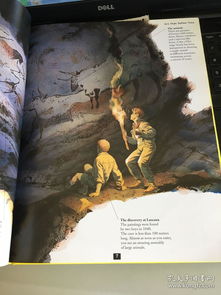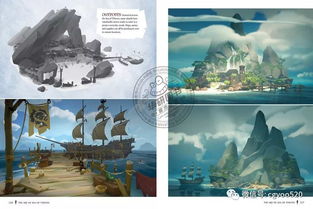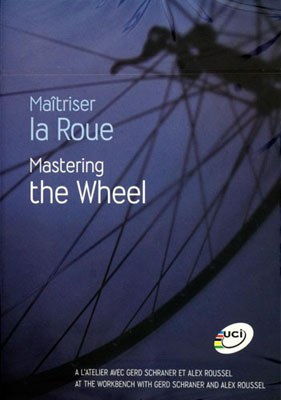Are you an avid angler looking to up your game and catch those elusive big fish? Whether you're a beginner or a seasoned pro, there's always room to improve your fishing skills. In this article, we'll delve into the art of catching big fish, providing you with a step-by-step guide, expert tips, and helpful illustrations to help you land the catch of a lifetime. So, grab your rod, let's dive in!
Understanding the Behavior of Big Fish
Before we get into the nitty-gritty of fishing techniques, it's crucial to understand the behavior of big fish. These majestic creatures often inhabit specific areas and exhibit certain patterns. Here are a few key points to consider:
- Habitat: Big fish tend to frequent areas with plenty of structure, such as rocks, logs, and submerged vegetation. These areas provide cover and a food source.
- Timing: The best time to fish for big fish is during low-light conditions, such as dawn and dusk. These times mimic the natural feeding patterns of fish.
- Water Temperature: Big fish are often found in cooler waters, so targeting areas with colder water temperatures can increase your chances of success.
Essential Equipment for Catching Big Fish
To effectively target and catch big fish, you'll need the right equipment. Here's a list of essential gear:
- Rod and Reel: Choose a rod and reel that can handle the size and strength of the fish you're targeting. A medium-heavy to heavy-duty rod with a strong drag system is ideal.
- Line: Use a monofilament or braided line with a breaking strength that matches your rod's capacity. The thicker the line, the better it can handle larger fish.
- Lures and Baits: Big fish are often attracted to larger baits and lures. Opt for larger, more durable options that can withstand the fight.
- Tackle Box: Stock up on various hooks, swivels, split rings, and other tackle essentials to ensure you're prepared for any situation.
Techniques for Catching Big Fish
Now that you have the right equipment, let's explore some effective techniques for catching big fish:
Cast and Retrieve: This is a classic technique that involves casting your lure or bait out and retrieving it back to the boat or shore. The key is to maintain a steady retrieve and pay attention to the subtle movements of your lure, as big fish often strike during pauses or erratic movements.

Jigging: Jigging is a great technique for targeting bottom-dwelling big fish. By moving your lure in short, sharp bursts, you can trigger strikes from fish that are lurking near the bottom.

Trolling: Trolling involves slowly dragging your lure or bait behind the boat. This technique is effective for covering a large area and targeting fish that are spread out.

Still Fishing: Sometimes, the simplest approach is the best. Still fishing involves casting your lure or bait into an area and letting it sit motionless. This technique is often used in areas with a lot of structure, as it allows you to present your bait in a more natural manner.

Expert Tips for Catching Big Fish
To improve your chances of catching big fish, consider the following expert tips:
- Research Your Target Species: Understanding the preferences and habits of the fish you're targeting will help you choose the right bait, lure, and technique.
- Be Patient: Big fish are often cautious and may take some time to bite. Stay patient and don't get discouraged if you don't catch anything right away.
- Adjust Your Technique: Pay attention to the behavior of the fish and adjust your technique accordingly. If you're not getting bites, try changing your lure, color, or retrieve speed.
- Stay Informed: Keep up with local fishing reports and weather conditions. This information can help you determine the best spots and times to fish.
Conclusion
Catching big fish is a rewarding and challenging endeavor that requires patience, practice, and the right techniques. By understanding the behavior of big fish, equipping yourself with the proper gear, and employing effective fishing methods, you'll be well on your way to landing the catch of a lifetime. So, get out there, apply these tips, and enjoy the thrill of the chase!
Note: The images used in the article are for illustrative purposes only and are placeholders. Replace them with actual images as needed.












